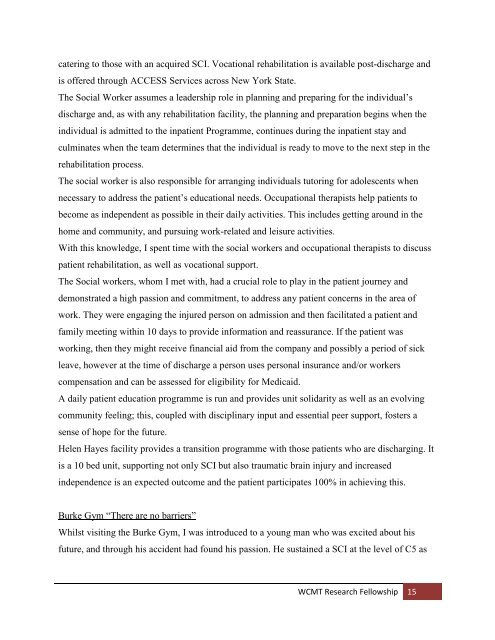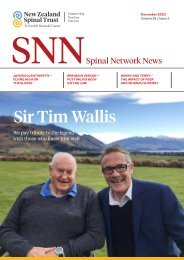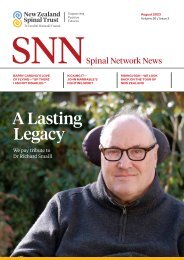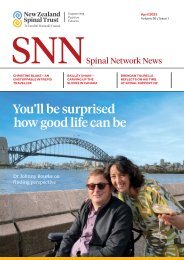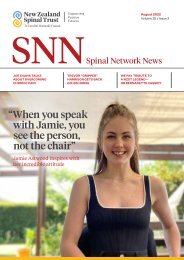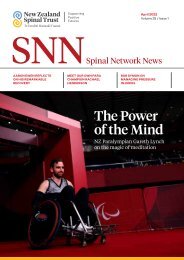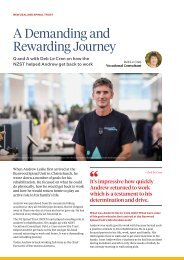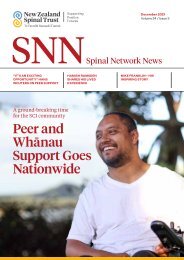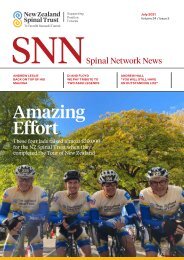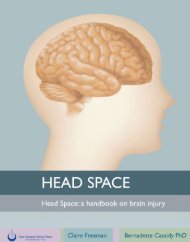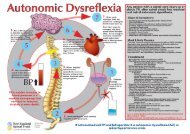WCMT-Melissa-Kelly
You also want an ePaper? Increase the reach of your titles
YUMPU automatically turns print PDFs into web optimized ePapers that Google loves.
catering to those with an acquired SCI. Vocational rehabilitation is available post-discharge and<br />
is offered through ACCESS Services across New York State.<br />
The Social Worker assumes a leadership role in planning and preparing for the individual’s<br />
discharge and, as with any rehabilitation facility, the planning and preparation begins when the<br />
individual is admitted to the inpatient Programme, continues during the inpatient stay and<br />
culminates when the team determines that the individual is ready to move to the next step in the<br />
rehabilitation process.<br />
The social worker is also responsible for arranging individuals tutoring for adolescents when<br />
necessary to address the patient’s educational needs. Occupational therapists help patients to<br />
become as independent as possible in their daily activities. This includes getting around in the<br />
home and community, and pursuing work-related and leisure activities.<br />
With this knowledge, I spent time with the social workers and occupational therapists to discuss<br />
patient rehabilitation, as well as vocational support.<br />
The Social workers, whom I met with, had a crucial role to play in the patient journey and<br />
demonstrated a high passion and commitment, to address any patient concerns in the area of<br />
work. They were engaging the injured person on admission and then facilitated a patient and<br />
family meeting within 10 days to provide information and reassurance. If the patient was<br />
working, then they might receive financial aid from the company and possibly a period of sick<br />
leave, however at the time of discharge a person uses personal insurance and/or workers<br />
compensation and can be assessed for eligibility for Medicaid.<br />
A daily patient education programme is run and provides unit solidarity as well as an evolving<br />
community feeling; this, coupled with disciplinary input and essential peer support, fosters a<br />
sense of hope for the future.<br />
Helen Hayes facility provides a transition programme with those patients who are discharging. It<br />
is a 10 bed unit, supporting not only SCI but also traumatic brain injury and increased<br />
independence is an expected outcome and the patient participates 100% in achieving this.<br />
Burke Gym “There are no barriers”<br />
Whilst visiting the Burke Gym, I was introduced to a young man who was excited about his<br />
future, and through his accident had found his passion. He sustained a SCI at the level of C5 as<br />
<strong>WCMT</strong> Research Fellowship 15


